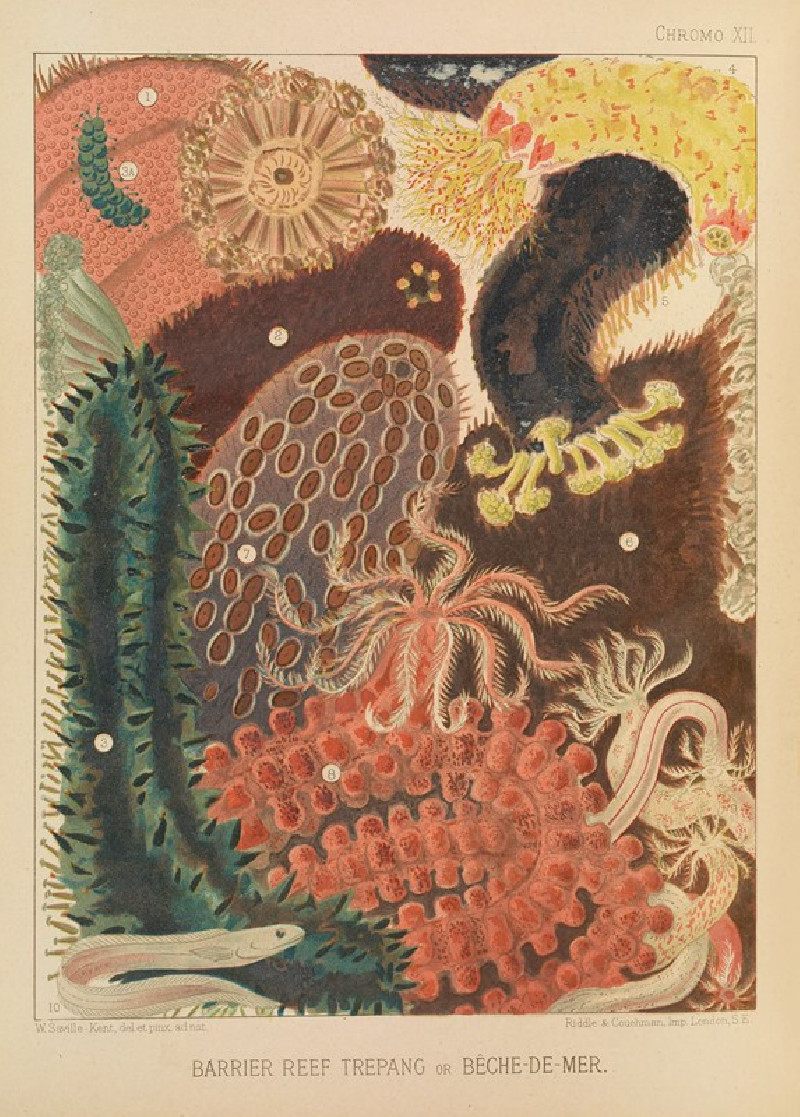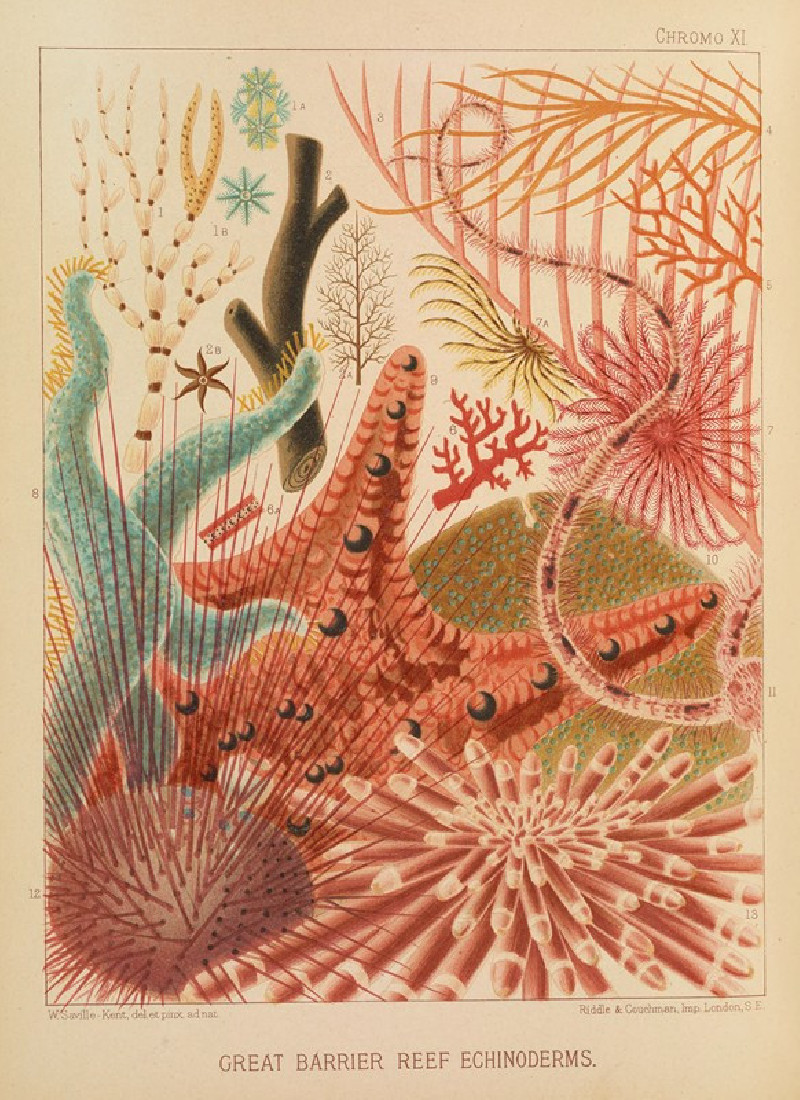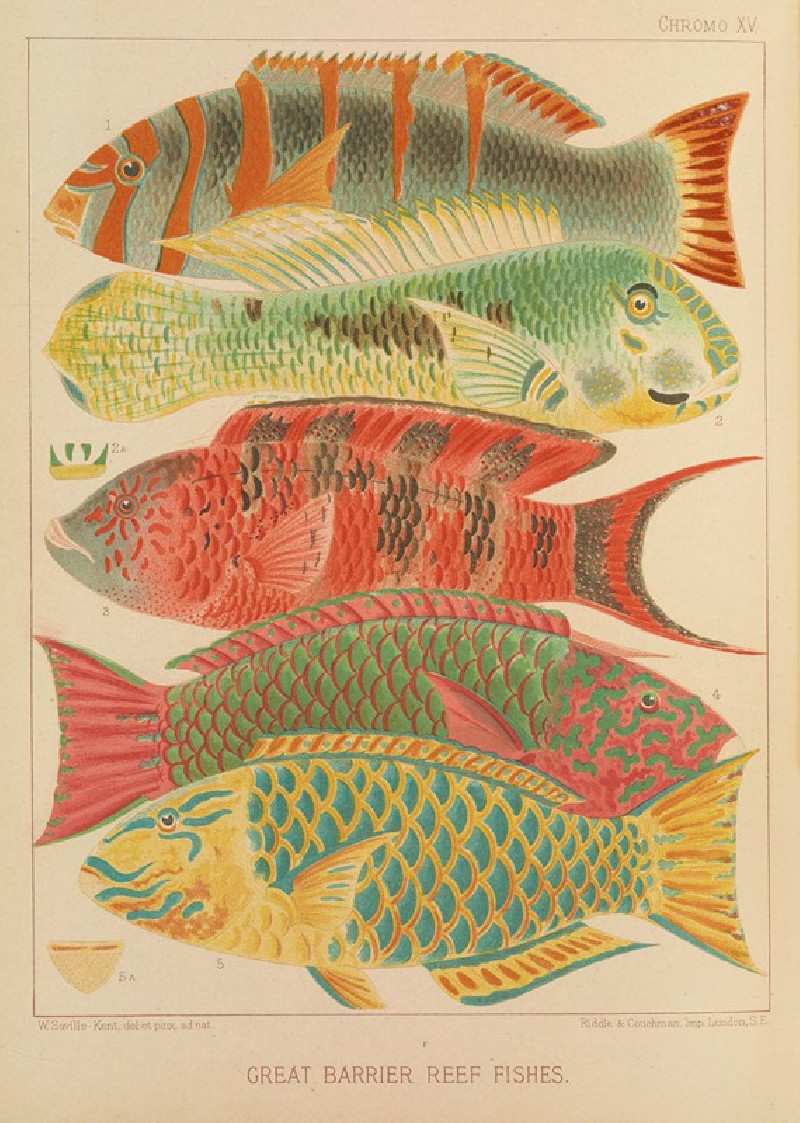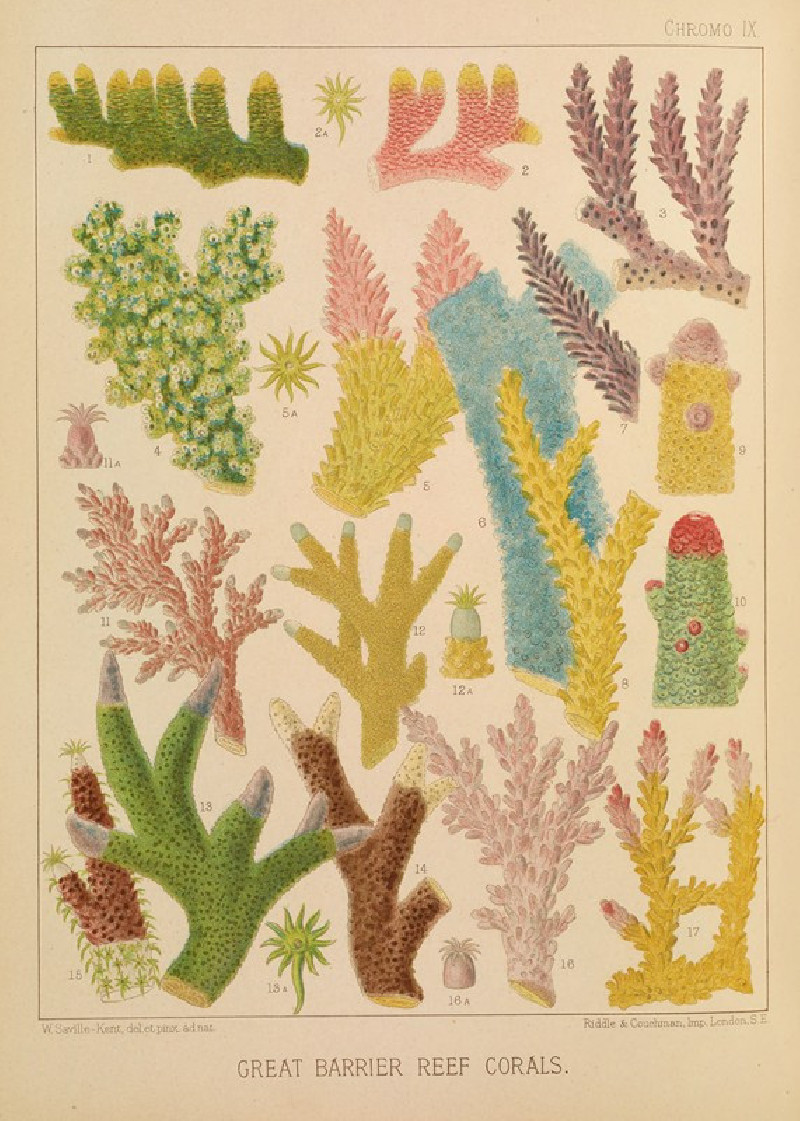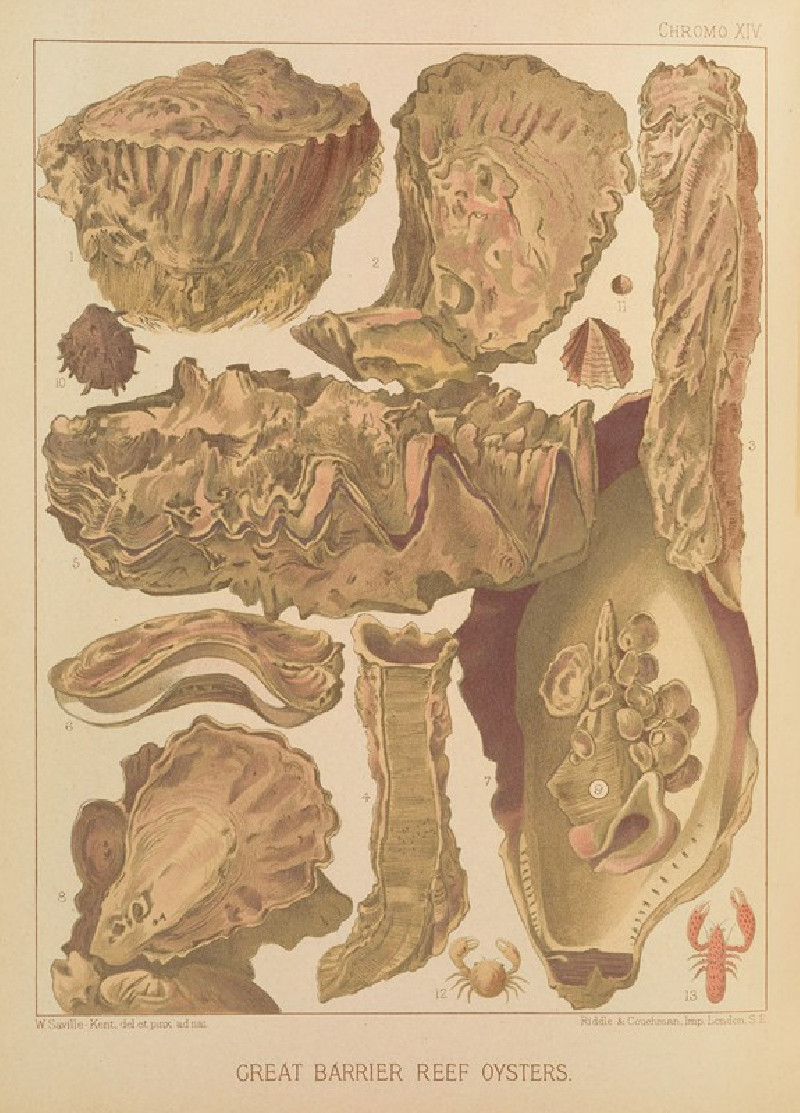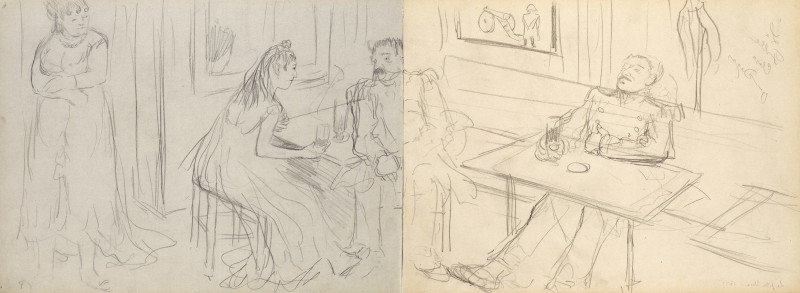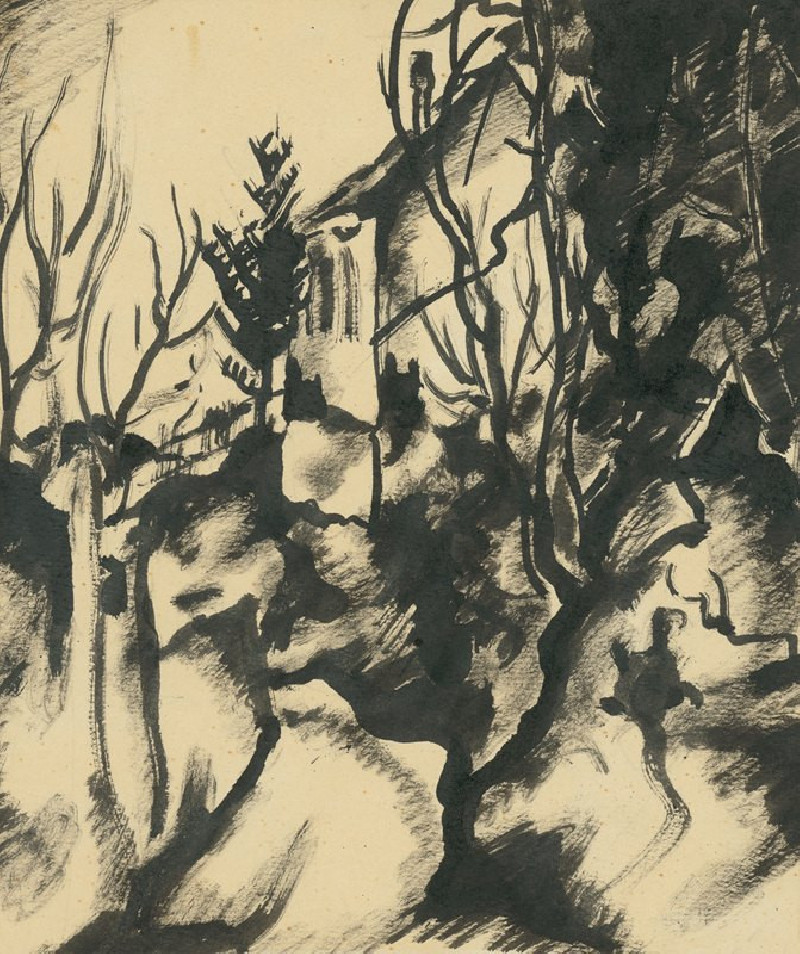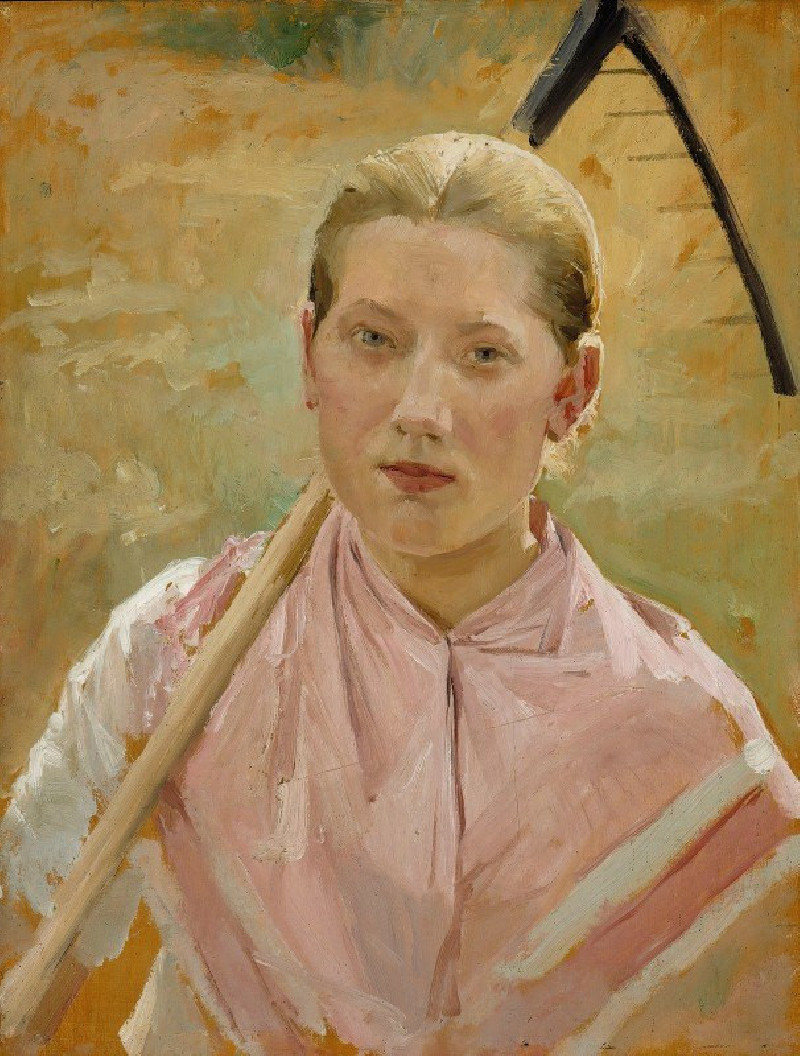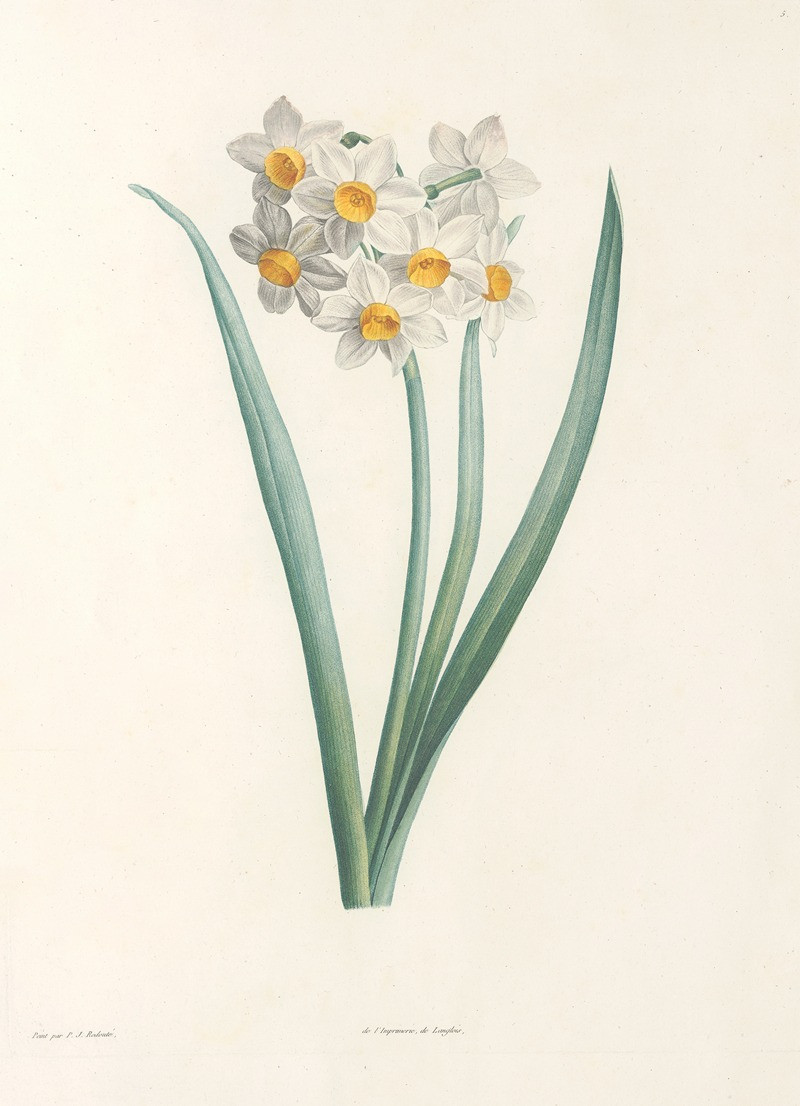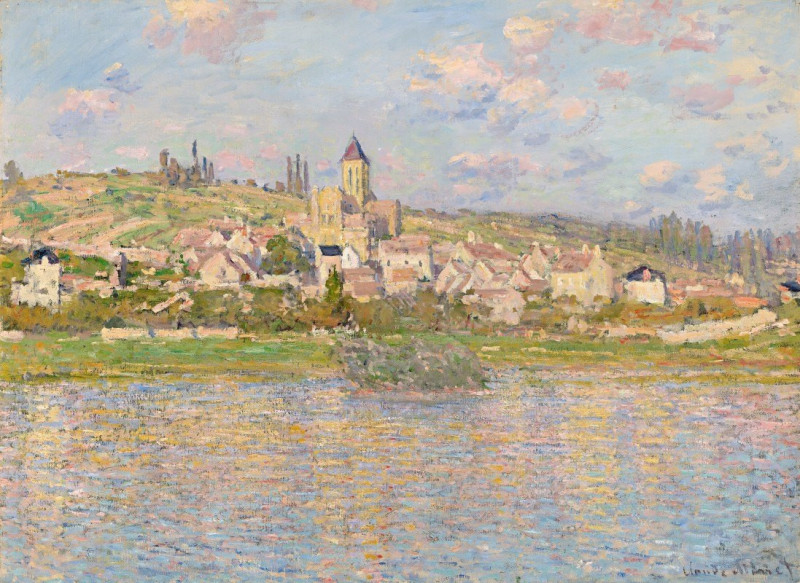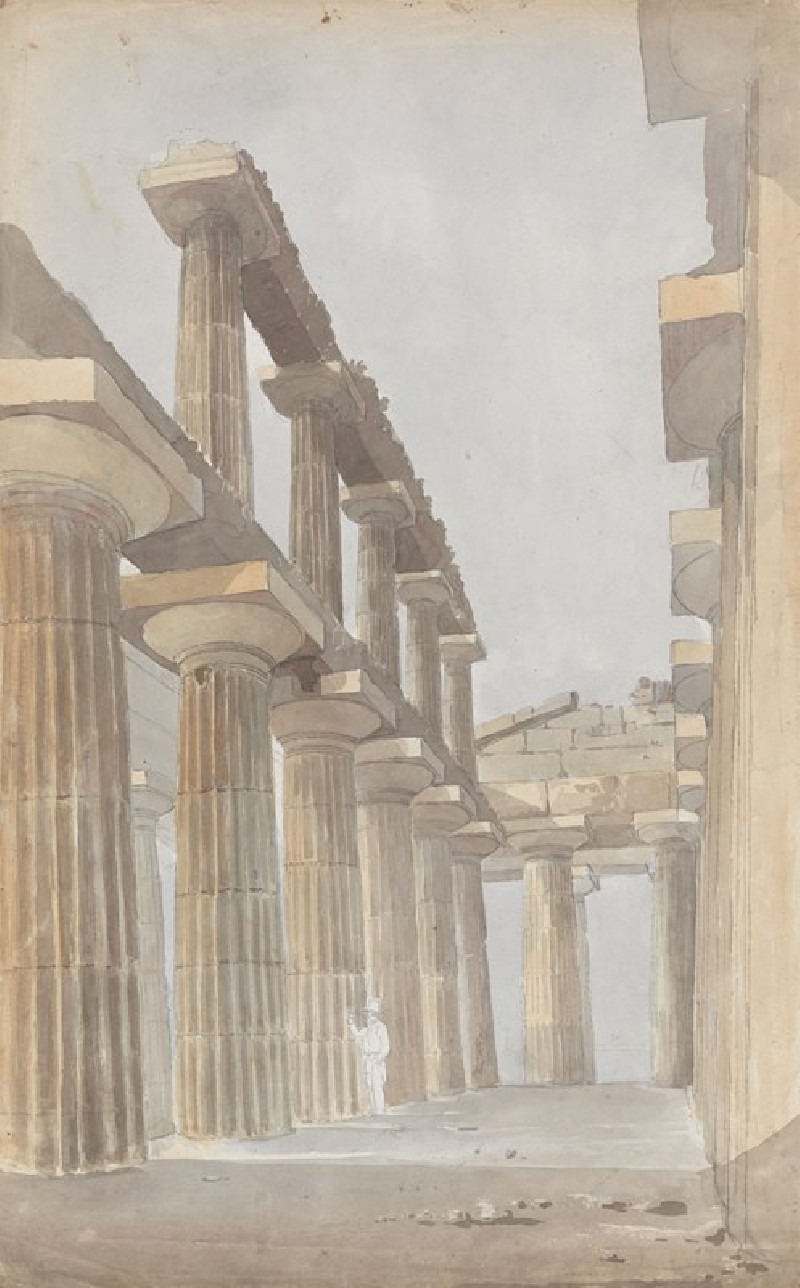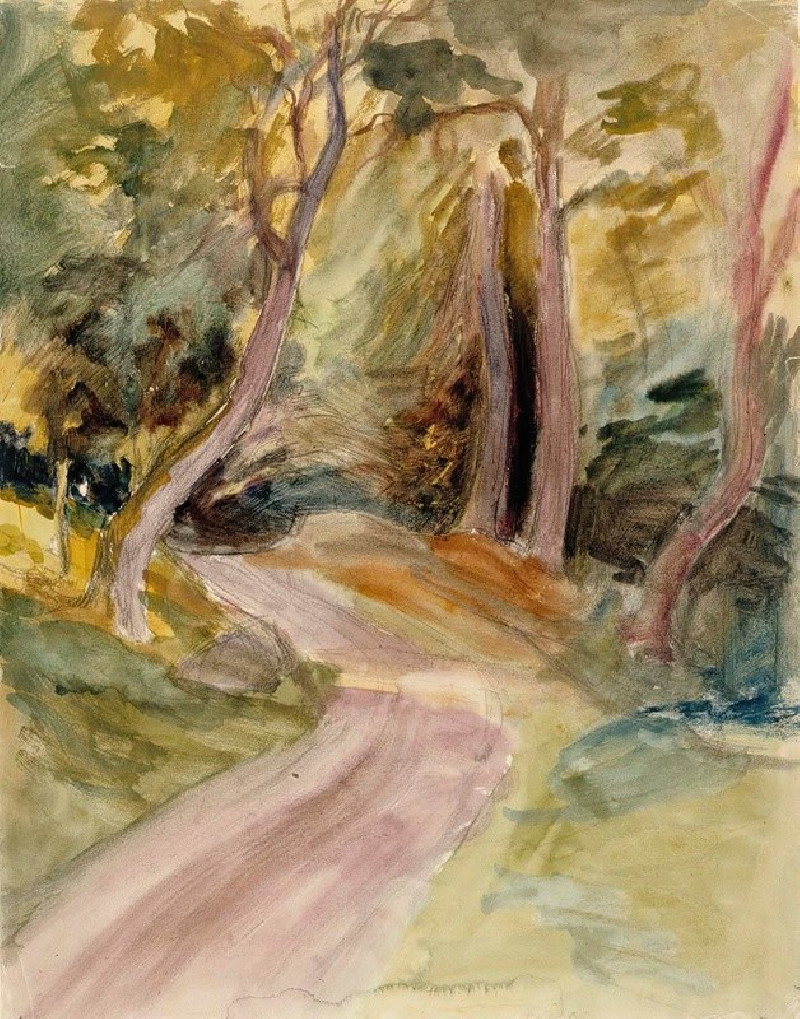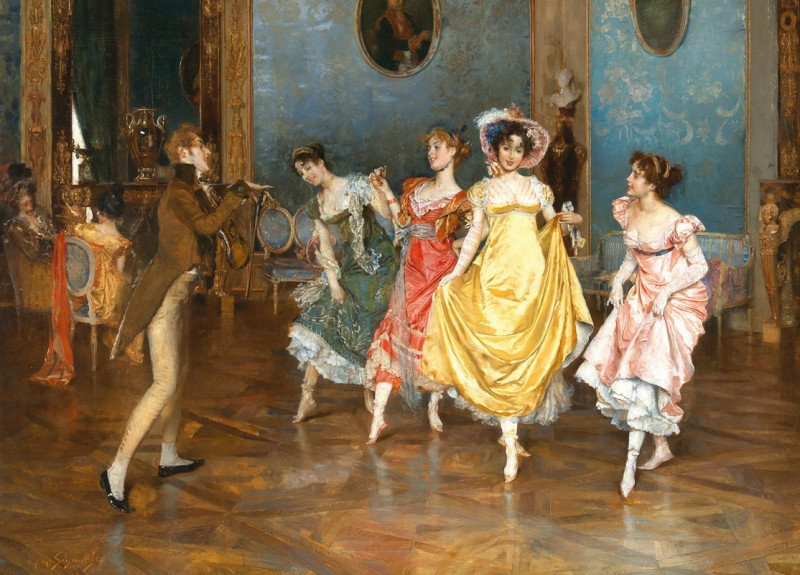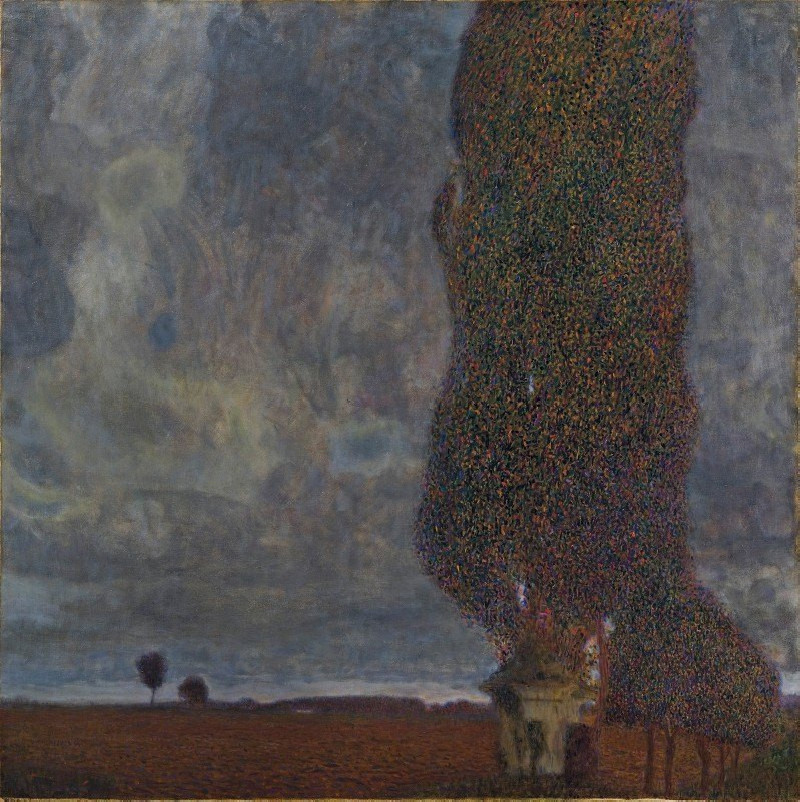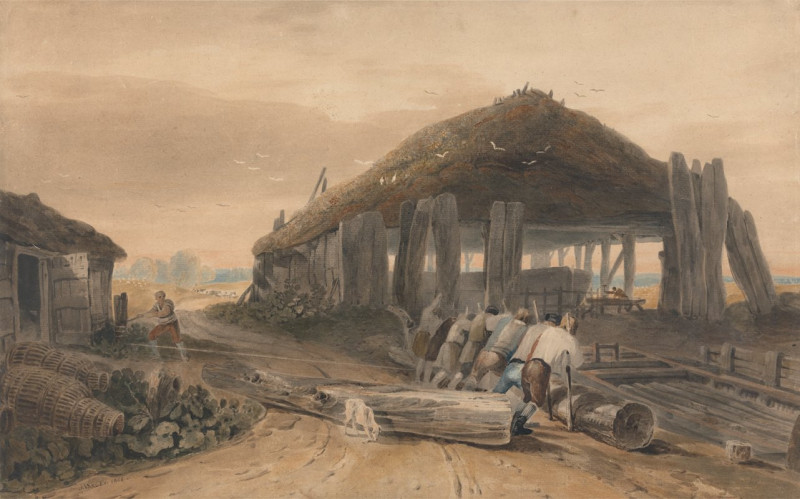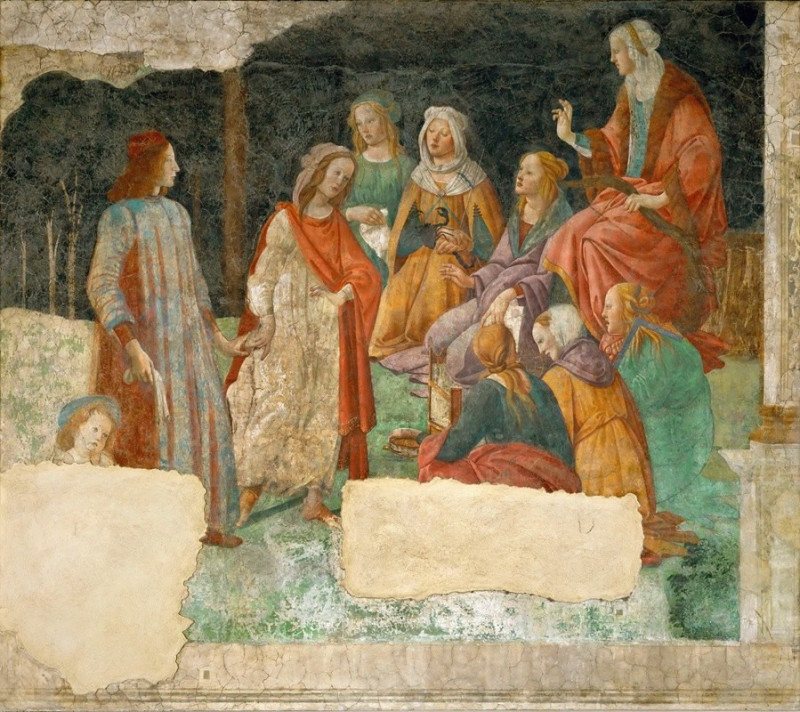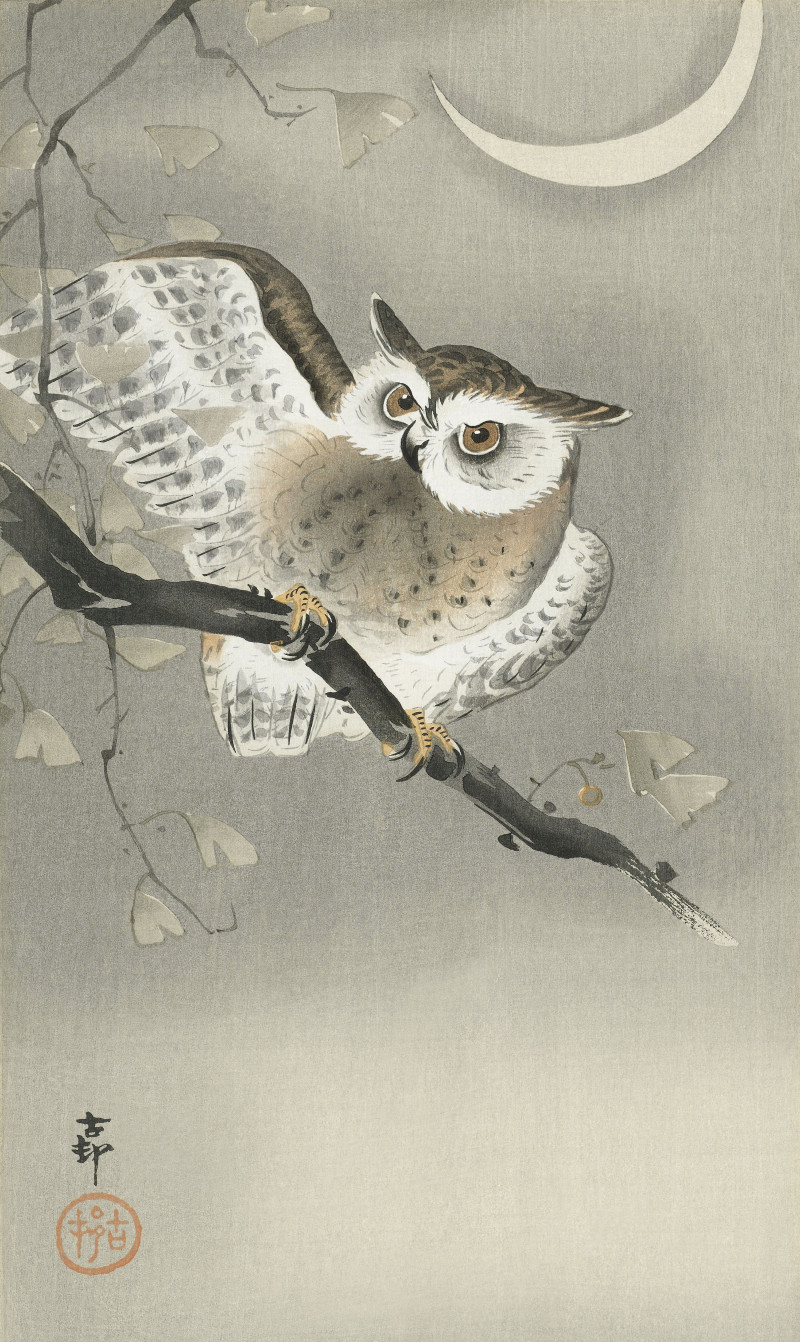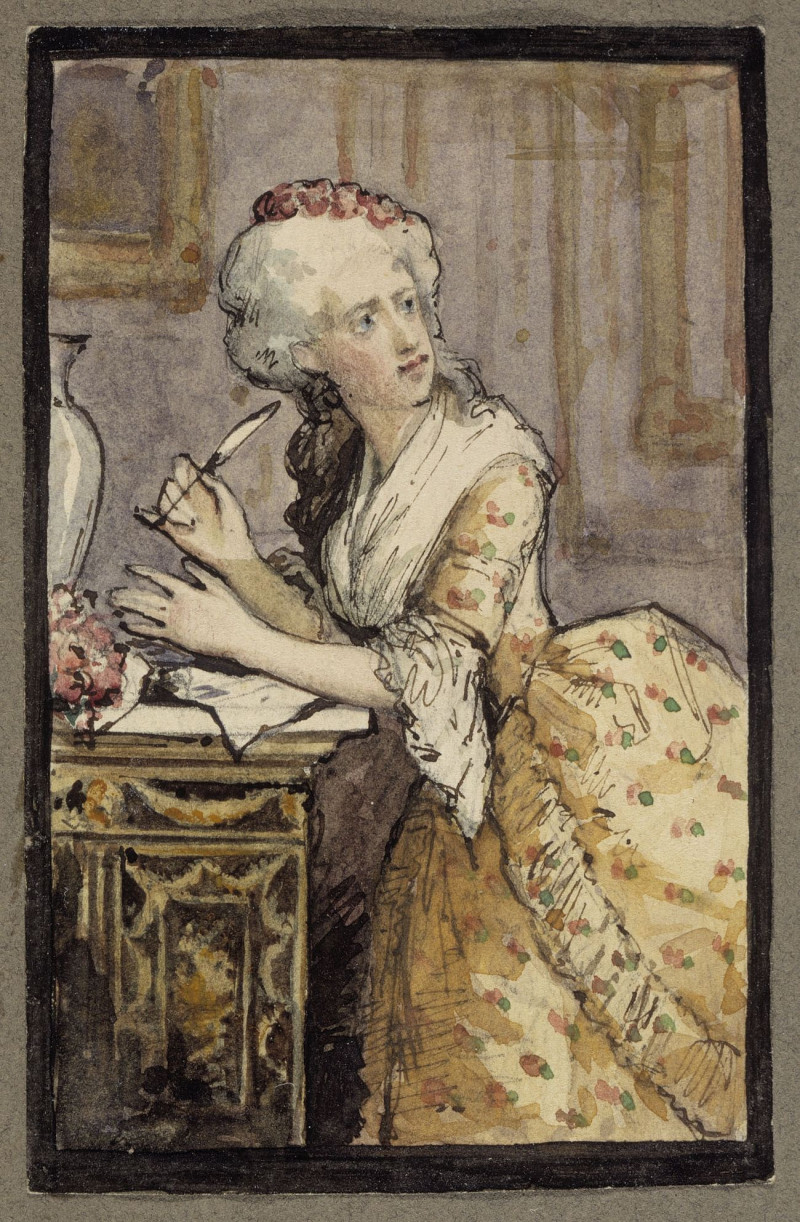Great Barrier Reef Fishes II (1893)
Technique: Giclée quality print
Recommended by our customers
More about this artwork
Dive into the vibrant world beneath the waves with William Saville-Kent’s intricate artwork, "Great Barrier Reef Fishes II." Created in 1893, this splendid painting captures the colorful diversity of marine life found in one of the world's natural wonders, the Great Barrier Reef.This stunning piece features an array of fishes, each rendered with exceptional detail and vivid coloration, showcasing Saville-Kent’s skill and deep appreciation for marine biodiversity. The artwork enumerates fourteen different species, arranged artfully across the canvas. Each fish is portrayed in its unique hues and forms, from the delicate yellows and soft greys of the larger species at the top, to the striking reds and rich greens of those that swim in the center and bottom of the composition.In addition to its visual beauty, the painting serves as a scientific catalog of species, reflecting the ecological richness of the reef ecosystem. The meticulous detail not only delights the eye but also educates the viewer, capturing the imagination of both art aficionados and marine enthusiasts alike."Great Barrier Reef Fishes II" is not just art; it is a historical document that celebrates the natural beauty of the reef and accentuates the need for the preservation of our world's oceans.
Delivery
Returns
William Saville-Kent was an English marine biologist and author.
Saville-Kent was educated at King's College London, and then at the Royal School of Mines under T. H. Huxley. He held various jobs in Britain, including at the British Museum from 1866 to 1872. In 1869, he became a member of the Zoological Society of London and in 1873 of the Linnean Society. In 1870, Saville-Kent received a grant from the Royal Society to conduct a dredging survey off Portugal. He worked at the Brighton Aquarium (1872–1873), then at the Manchester Aquarium (1873–1876). He went on to work for various other aquariums, before returning to Brighton in 1879.






